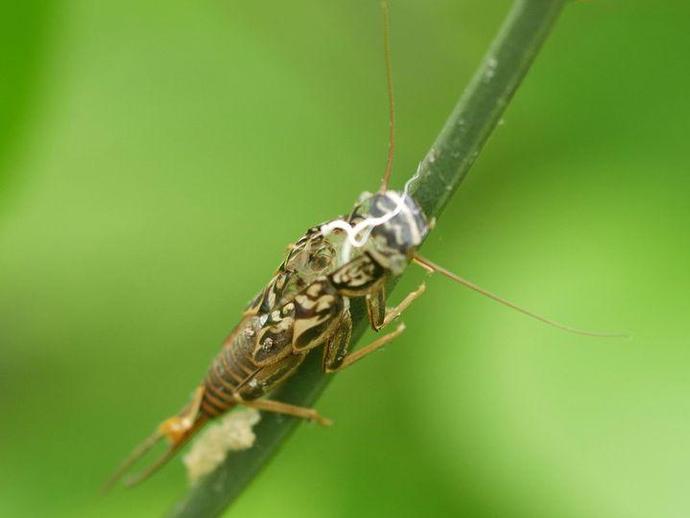June 22, 2021
It's time for the Tuesday edition of #BenInNature presented by our friends at Carter Bank & Trust!
I've been seeing a lot of newly-emerged stoneflies around my back porch light just lately, and I thought it might be interesting to take a look at exactly what stoneflies emerge FROM.
This is a stonefly exuvia, which is the cast-off outer shell of an arthropod that is left behind after it molts. The best known example of exuvia is probably the cicada shells that you find on your trees when cicadas emerge. However, many insects leave behind exuvia after molting, as do arachnids such as spiders and crustaceans such as crabs and lobsters!
Stoneflies belong to the order Plecoptera, which contains more than 3,500 species worldwide. They're one of the most primitive winged insects, and like mayflies and fishflies, they spend the bulk of their lives as aquatic nymphs. They might spend one to four years living underwater, and they will molt 12 to 36 times before adulthood!
Eventually, the nymphs will leave the water, attach themselves to a fixed surface, and molt one final time, finally becoming winged terrestrial adults. They will leave behind one last exuvia, just like the one pictured here. The adults will only live for a few weeks after molting.
ABOUT #BenInNature
Social distancing can be difficult, but it presents a great opportunity to become reacquainted with nature. In this series of posts, Administrator of Science Ben Williams ventures outdoors to record a snapshot of the unique sights that can be found in the natural world. New updates are posted Monday - Friday, with previous posts highlighted on the weekends. This series of posts is made possible thanks to the support of VMNH Corporate Partner Carter Bank & Trust (www.cbtcares.com).
NATURE PHOTO IDENTIFICATIONS
If you discover something in nature that you would like help identifying, be sure to message us right here on Facebook with a picture (please include location and date of picture) and we'll have our experts help you identify it!

 Hours & Admissions
Hours & Admissions Directions
Directions

